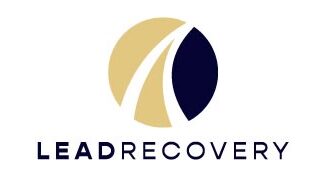Vicodin is categorized as a man-made opioid drug with dangerous addictive qualities. The drug contains hydrocodone, which affects an area of the brain that is usually tasked with regulating pain. The Vicodin is commonly used to treat pain because it manages the opiate receptors in the brain which treat pain. Vicodin is one of the strongest, most prescribed narcotic for pain, and it is extremely dangerous and addictive.
Over time, your body can develop a kind of tolerance to the drug. You become dependent on the drug to function and feel normal, and if you go without the drug for longer than a few hours, you can begin to feel the effects of withdrawal. In other words, your system begins to try and function without the drug, but it begins to struggle and suffer. When you stop using Vicodin and the drug leaves your system, your central nervous system has to work extremely hard to try and keep up. Your neurotransmitters need time to adjust and change the brain to make up for the lack of Vicodin in your system.
Withdrawal is a serious matter, and there are many symptoms and serious illnesses that can accompany it. However, withdrawal is one of the necessary obstacles to climb in order to begin your healing process and become free of addiction. Your symptoms may appear 4 – 6 hours after the last dose has worn off. These symptoms may include abdominal cramps, anxiety, agitation, confusion, cravings, diarrhea, drowsiness, fatigue, erratic moods, flu, nausea, vomiting, seizures, sleep disturbance, strong cravings, sweating, or a yellowing to the skin and eyes. However, understand that there are many ways to help you through the symptoms of withdrawal to help you get to recovery and abstinence.
There are some prescription medications that can decrease symptoms like naltrexone or buprenorphine, but these are often used in addition to treatment at a traditional treatment facility. In some cases, clonidine can help with gastro-intestinal issues. Benzodiazepines can even help with severe anxiety. Withdrawal and detox can be a difficult situation, and medical help can be greatly beneficial. Facilities can address your physical symptoms and monitor your vital functions, but it can also treat psychological and causes of your addiction. You can begin to build goals and set plans for your recovery process, even scheduling therapy appointments or future meetings. In addition, there are treatments like group therapy or 12-step programs to treat psychological symptoms.
LEAD Recovery Center is a rehabilitation treatment facility that can help you recover from addiction calmly and intelligently. You can begin to set plans and create goals in a supportive environment surrounded by people who care about your individual needs. You don’t have to suffer alone, and LEAD Recovery Center cares about your individual needs and wants. You can begin treatment or receive more information by calling (800) 380-0012 today.


